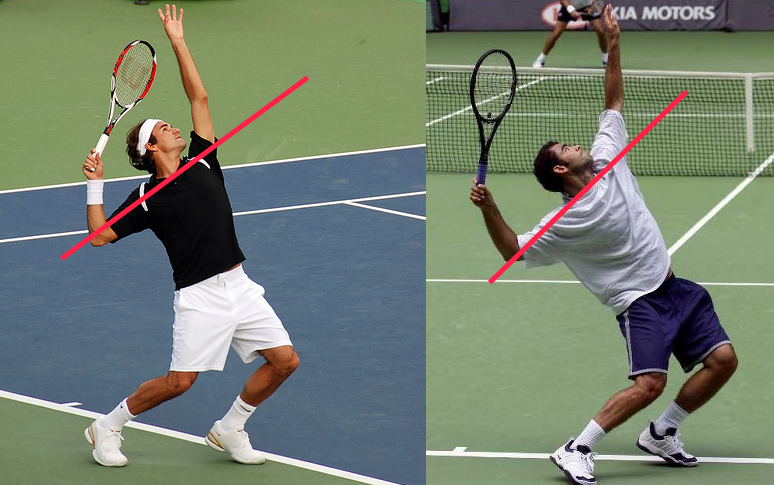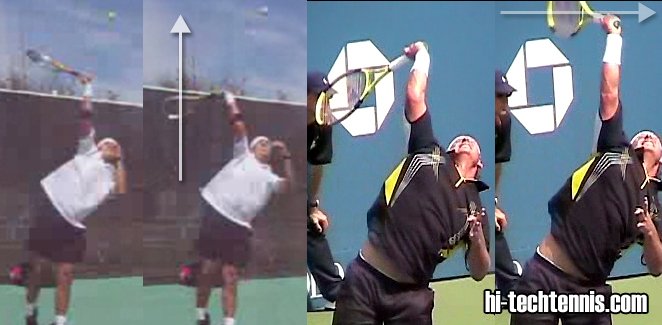Pctopcool
Rookie
Hi there,
This is my second "newbie seeking advice" post here. From my first post, I received tons of great advice and encouragement that helped my game a lot. So, hopefully I can get some feedback again this time.
I started playing tennis last fall, and am recently focusing on my serve. As a beginner, I don't have different first and second serve, but just try to develop a "second serve-like" serve. As you can see from the video, my serve was very weak and slow. Although I try hard to generate top spin, the ball just doesn't kick at all. More importantly, the consistency is really bad especially under pressure or when I'm tired. Looking at the video, there are a million differences between my serve and the pros'. But, it's hard for me to figure out the most important aspect to improve.
I really appreciate if you can take some time watch the video, and offer your comments or advice. Please don't be shy to criticize, since that help me to learn from the mistake, and improve my skill.
Many thanks
Mike
This is my second "newbie seeking advice" post here. From my first post, I received tons of great advice and encouragement that helped my game a lot. So, hopefully I can get some feedback again this time.
I started playing tennis last fall, and am recently focusing on my serve. As a beginner, I don't have different first and second serve, but just try to develop a "second serve-like" serve. As you can see from the video, my serve was very weak and slow. Although I try hard to generate top spin, the ball just doesn't kick at all. More importantly, the consistency is really bad especially under pressure or when I'm tired. Looking at the video, there are a million differences between my serve and the pros'. But, it's hard for me to figure out the most important aspect to improve.
I really appreciate if you can take some time watch the video, and offer your comments or advice. Please don't be shy to criticize, since that help me to learn from the mistake, and improve my skill.
Many thanks
Mike







